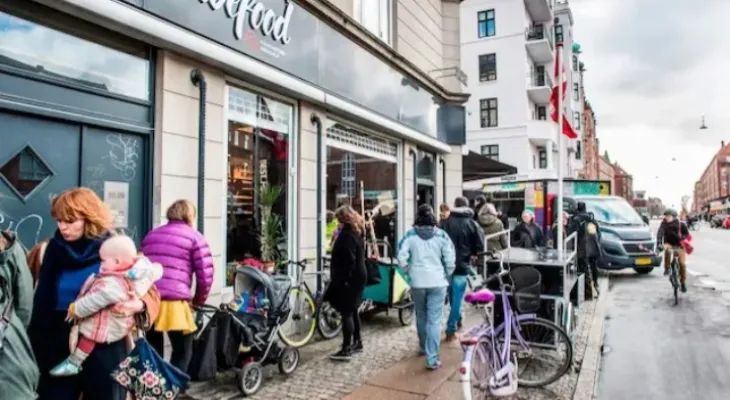Search here
Newspaper
Search here

Arab Canada News
News

Published: December 1, 2023
A new report said that one in five families in Canada experienced food insecurity last year.
Providing food on the table has become more difficult for Canadians across the country.
In 2022, the rate of food insecurity in Canada rose to 17.8 percent, or nearly one in five families, according to a report released in November by PROOF, a food insecurity research group at the University of Toronto. In October, a report from Food Bank Canada showed that usage was at its highest level since tracking began in 1989.
Valerie Tarasuk, a researcher at the University of Toronto's PROOF group, said that food insecurity is spreading because income cannot keep up with the rising cost of living.
Tarasuk said PROOF's 2022 study results showed the highest levels of food insecurity in Canada since tracking began in 2005 - and the most affected are families and individuals relying on social assistance.
She added that reversing the course depends on political action, but no one is doing anything about it.
This problem will not solve itself.
In the same context, the Wefood grocery store chain in Denmark addresses food insecurity and food waste.
It sells goods such as dented canned goods and misshapen fruits, donated by farmers, importers, exporters, and local supermarkets. Prices are 30 to 70 percent lower than traditional supermarkets.
Last year, Wefood converted 420 tons of food waste, with all profits going to charity, according to ACT Alliance, a religious charity coalition that includes Wefood's founder DanChurchAid.
Matthew Little, an assistant professor of public health and social policy at the University of Victoria, welcomed Denmark's unique approach to tackling food insecurity but cautioned that such initiatives do not address the root causes of food insecurity.
If low-income people facing food insecurity can only access foods that other people discard... what does that tell us about our broader society, if that is the only food low-income people can actually get access to? he added.
France bans food waste...
In France, where more than 10 million tons of food are discarded every year, a 2016 law requires grocery stores to donate foods that would otherwise be discarded.
The French Federation of Food Banks said the law plays a critical role in the food chain from grocery store to charity. Since its implementation, donations to food banks have increased by more than 20 percent, according to French government data.
But Little said that banning food waste in grocery stores does not guarantee access to nutritious, high-quality food for those who need it.
The law also has several shortcomings, including lack of enforcement - it includes penalties of up to $112,000 but no fines have been issued - and it excludes the vast amount of food waste coming from sources like agriculture, food processing, consumers, and restaurants.
Finland's safety net...
In the 2022 Global Food Security Index, Finland was rated as having the highest level of food security in the world. The country’s sustained investment in social assistance and affordable housing has kept hunger statistics below three percent since 2001.
Educational initiatives, such as Food Waste Week, encourage Finns to reduce food waste.
Tina Silvasti, professor of social and public policy at the University of Jyvaskyla, said the country’s strong welfare state was key to maintaining food security.
Advocates warn that record numbers of people using food banks need more government support.
But Finland has not escaped the impact of rising food prices. A recent survey conducted by the Helsinki Elderly Nutrition Association found that cost affects how older people shop, with 40 percent planning to reduce their intake of fruits, vegetables, and meat due to food inflation.
Comments